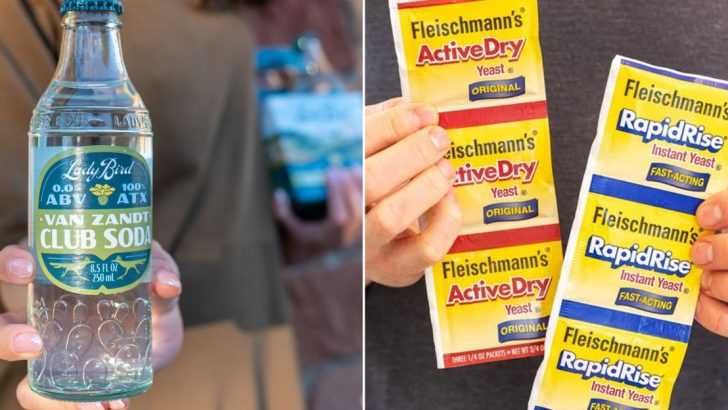Envision this: you’re halfway through kneading what promises to be a sublime loaf of homemade bread, and suddenly realize the yeast is missing.
Fear not, for the culinary world offers a kaleidoscope of alternatives to yeast, each one promising to rescue your recipe in the most flavorful way.
Here, you’ll discover twenty innovative ways to substitute yeast, turning what could have been a culinary setback into a delightful opportunity.
1. Baking Powder Boost
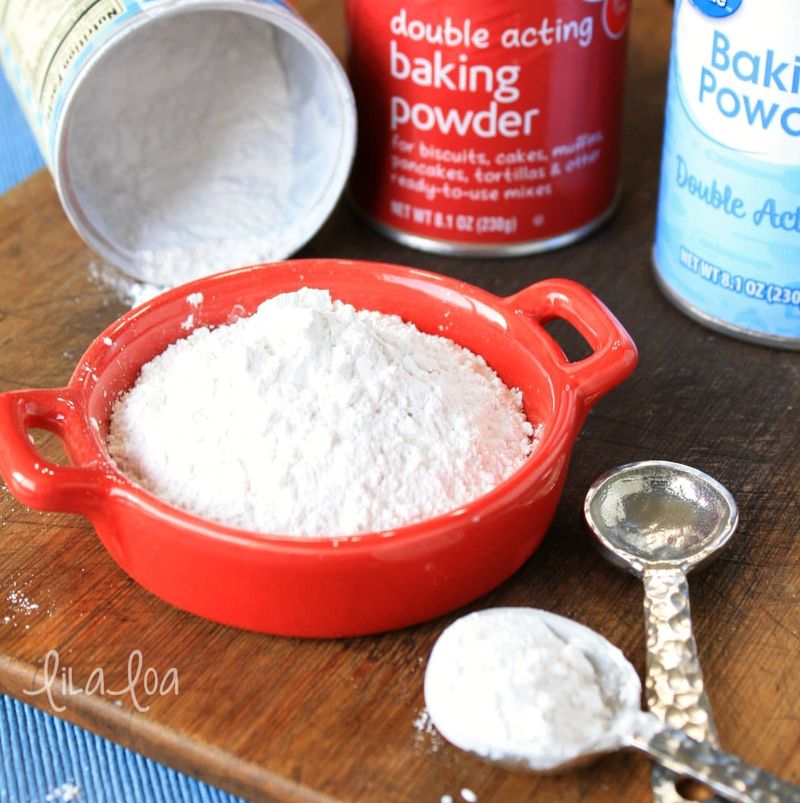
When yeast is nowhere to be found, baking powder steps up as a splendid substitute. This leavening agent works wonders in recipes that don’t require extensive rise times, like quick breads and pancakes. Simply mix it with your dry ingredients, and watch your dough rise to the occasion.
Its double-acting nature—a rise during mixing and another in the oven—ensures fluffy results. Take care to measure accurately for best results.
2. Baking Soda And Lemon Juice

Baking soda paired with lemon juice creates a bubbly reaction, perfect for quick bread recipes. The acidity of the lemon juice activates the baking soda, producing carbon dioxide and giving your dough a lift.
This combination is ideal for cakes and muffins. Mix them into your batter just before baking to capture the full effervescent effect, ensuring a tender crumb every time.
3. Greek Yogurt Activation
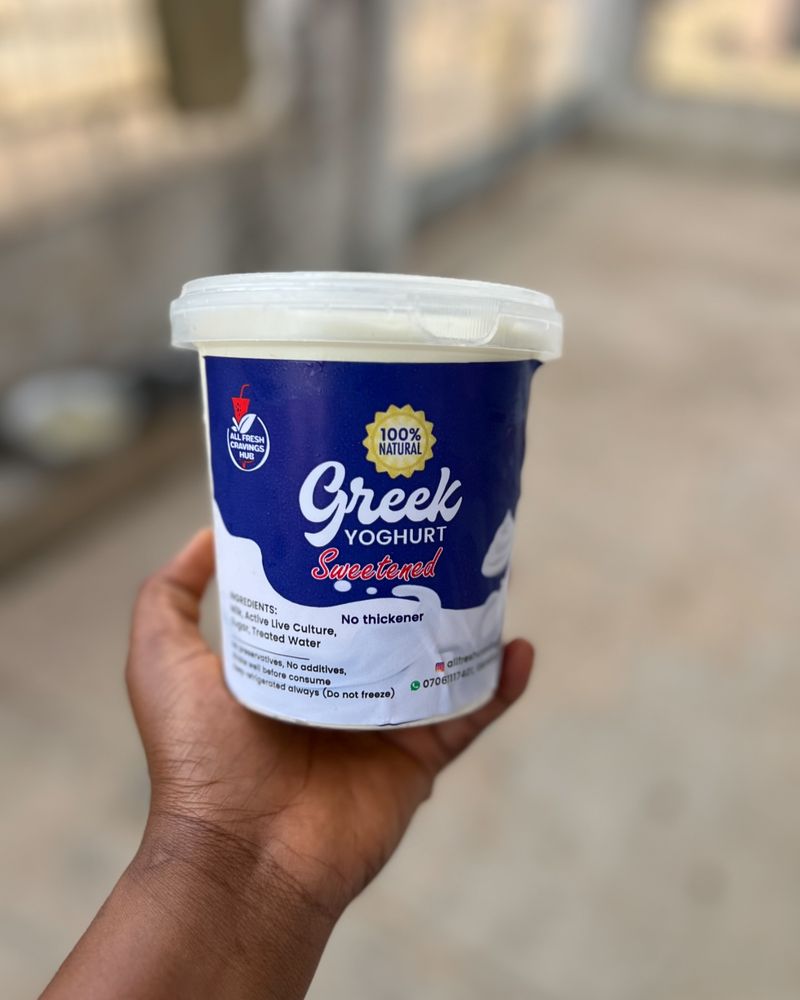
Greek yogurt brings more than its tangy flavor to the kitchen game; it’s an unexpected ally in leavening. Rich in acidity, it can be combined with baking soda to create the gas needed for rising.
This substitute not only helps your dough rise but also adds a creamy texture and slight tang. Ideal for muffins and scones, it promises a moist crumb and unique flavor profile.
4. Club Soda Rise
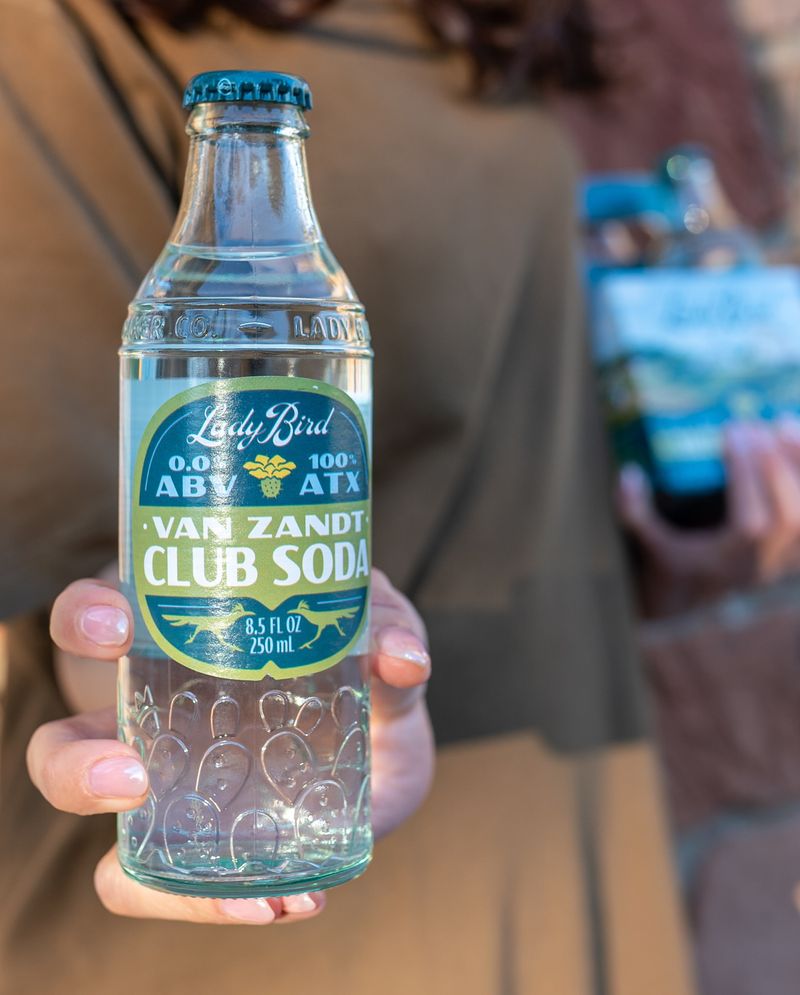
Effervescent and light, club soda offers a unique lift to your baking endeavors. Used in place of liquid ingredients, it adds bubbles that expand in the oven, creating a tender and airy texture.
Perfect for pancakes, waffles, and batter-fried delights, this fizzy drink keeps things light without adding any additional flavors. Remember, the fresher the club soda, the better the rise.
5. Beer Infusion
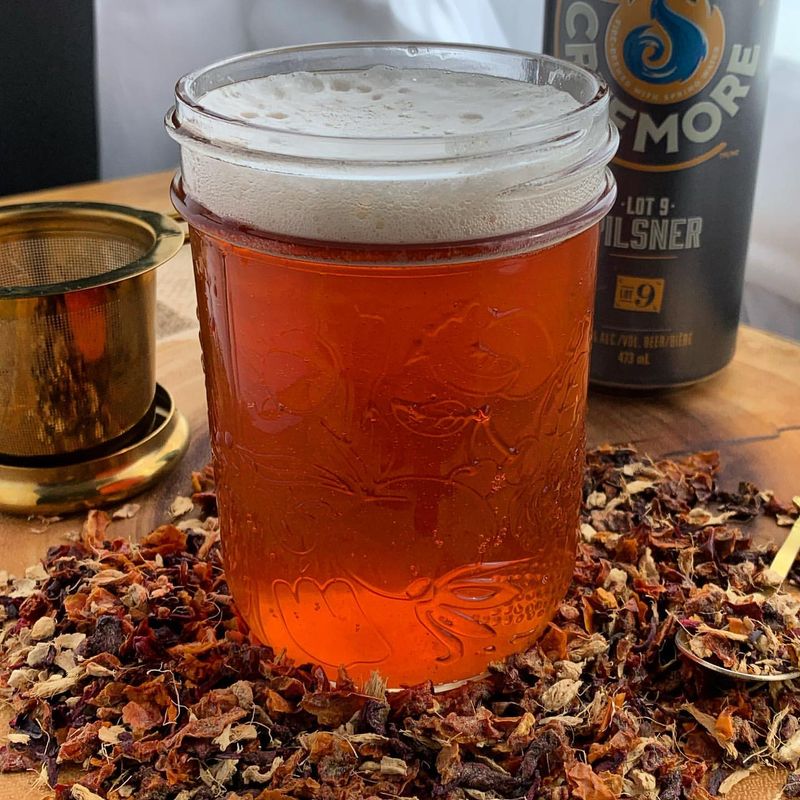
Beer, a beloved beverage, doubles as a yeast substitute thanks to its fermentation process. The carbonation and yeast in beer can help dough rise, while imparting a rich, malty flavor.
Choose a beer that complements your recipe’s flavor profile—a dark stout for depth, or a light lager for subtlety. This approach suits hearty breads and batters, capturing the essence of artisanal baking.
6. Buttermilk Reaction
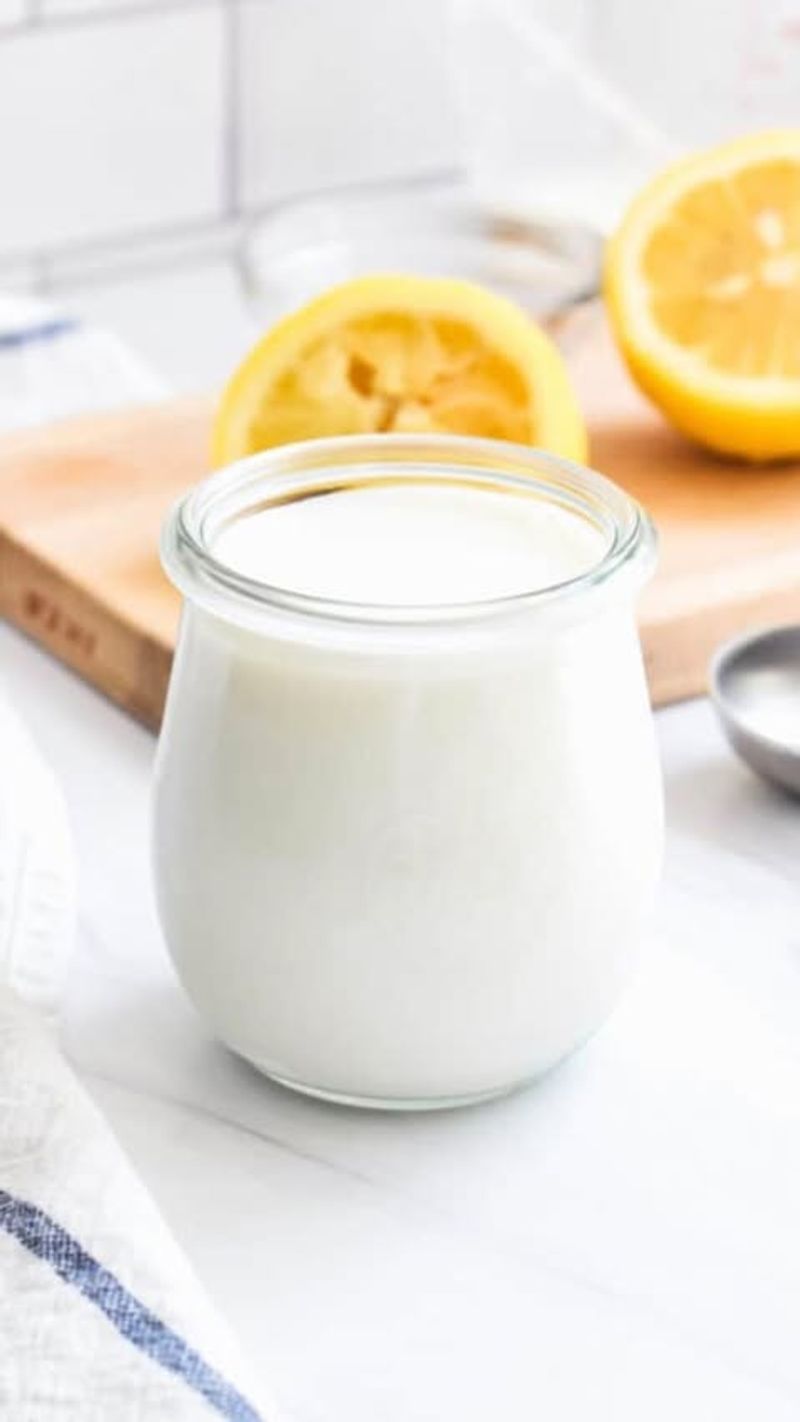
Buttermilk, with its tangy profile, is a fascinating yeast substitute. Its acidity reacts with baking soda to cause a leavening effect, making it ideal for pancakes and biscuits. When used in tandem with baking soda, it aids in achieving a fluffy texture.
The dynamic duo is a go-to in Southern cooking, offering a comforting taste and lightness to various baked goods.
7. Sourdough Starter
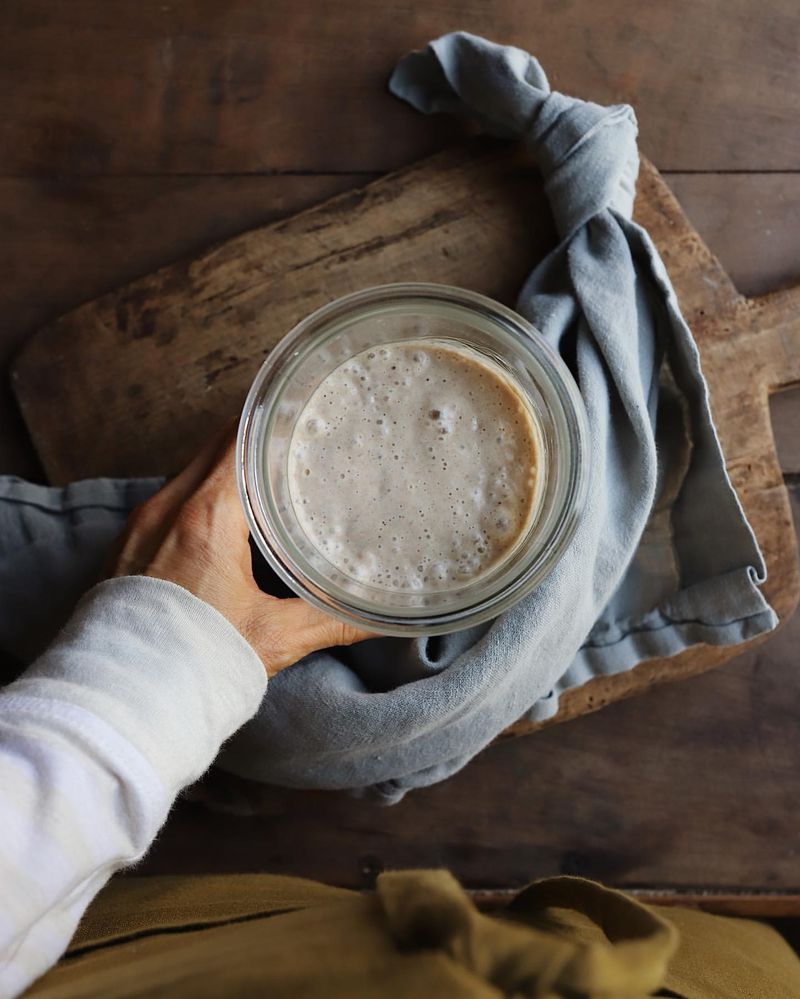
Harness the power of a sourdough starter, a natural leavening agent teeming with wild yeast and bacteria. This method requires patience, as the starter needs time to ferment.
However, the reward is a bread with complex flavors and chewy texture. Ideal for artisanal loaves, it connects you to an age-old tradition of baking, turning a yeast shortage into an opportunity for culinary exploration.
8. Crème Fraîche
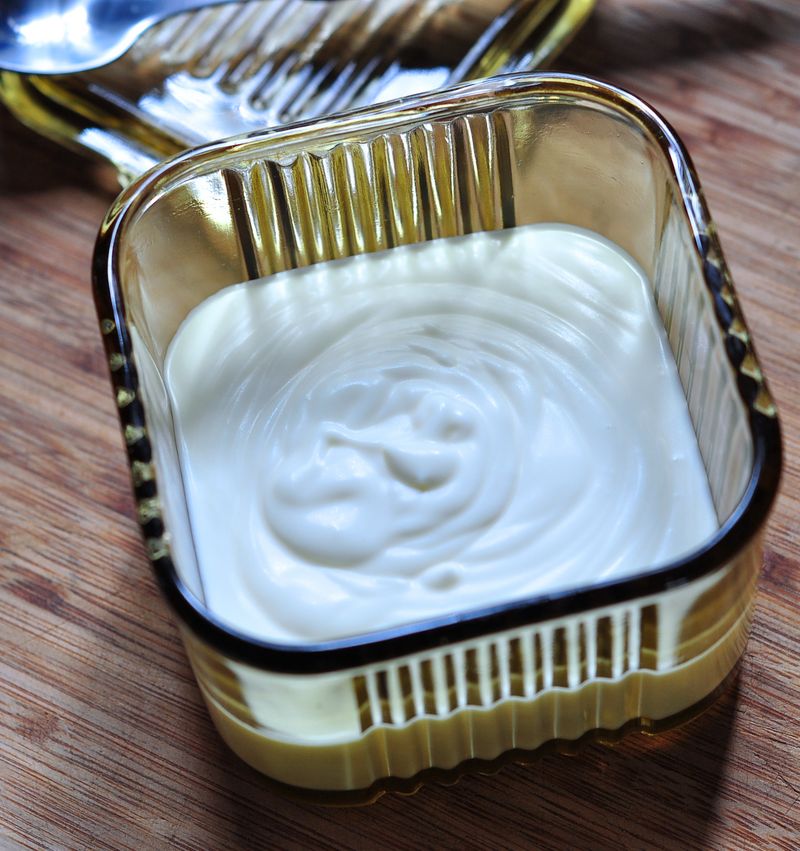
Crème fraîche, with its creamy and tangy essence, is an ingenious yeast alternative. Combining it with baking soda introduces airiness to your batter. Its rich texture and mild acidity not only encourage rising but also enrich your dish’s flavor profile.
This substitute excels in cakes and quick breads, promising delightful softness and a sophisticated taste that elevates simple ingredients.
9. No-Yeast Pizza Dough
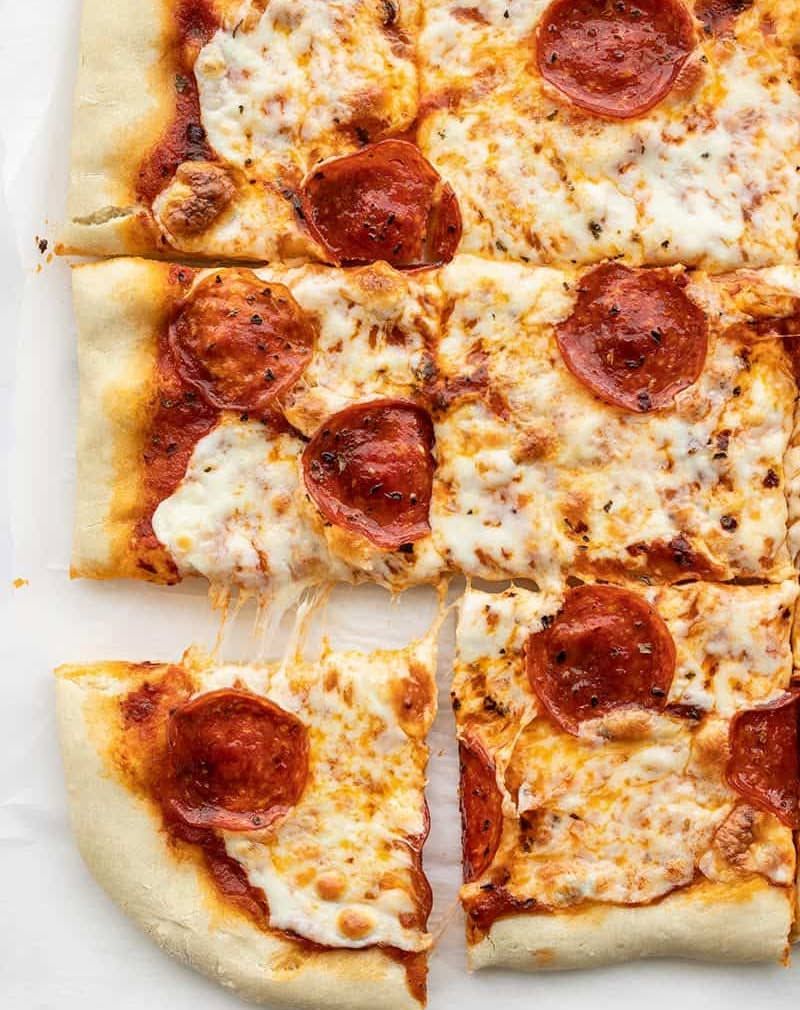
Achievable is crafting pizza without yeast with a clever mix of flour, baking powder, and yogurt. Quickly, this dough comes together, ready to be rolled and topped with your favorite ingredients.
Into a golden crust with a slight tang and chewy texture, it bakes. Perfect for spontaneous pizza nights, satisfaction it delivers without the wait, challenging the notion that yeast is essential for a perfect pie.
10. Egg White Whisk
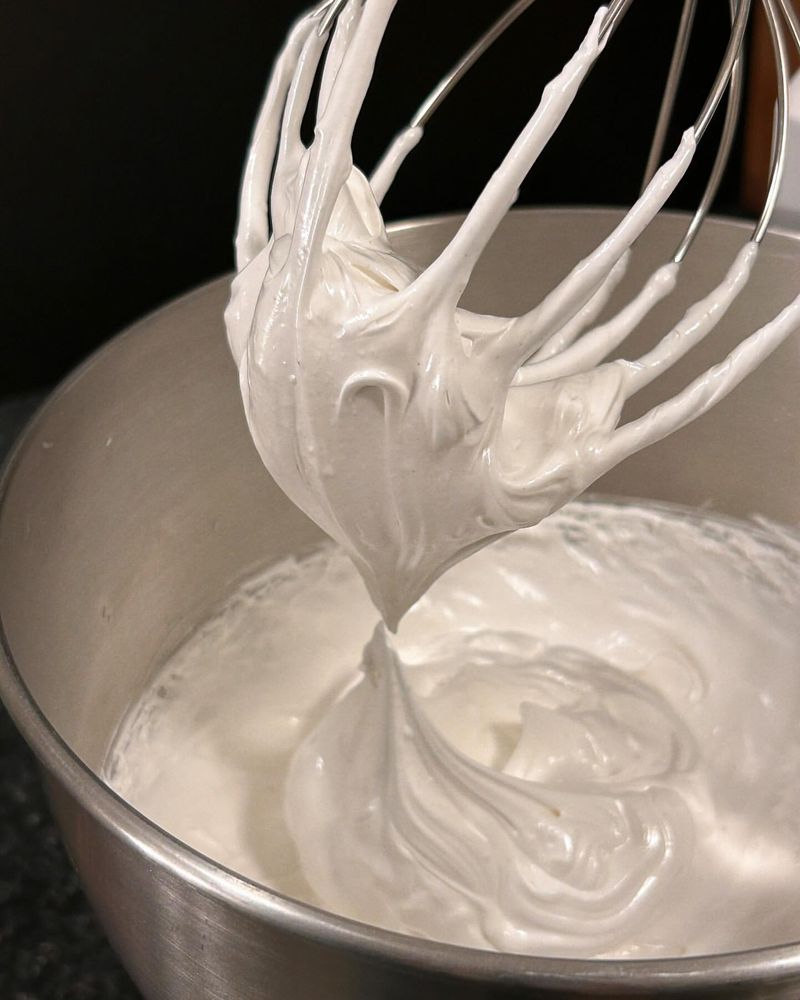
Egg whites, when whipped to soft peaks, serve as a surprising leavening agent. These airy clouds can be folded into batters, providing lift and lightness. Ideal for soufflés and angel food cakes, they create a delicate structure that holds well.
This method invites a lighter touch, allowing the natural flavors of your ingredients to shine through. Experiment with this technique to elevate your culinary skills.
11. Instant Yeast Alternative

When traditional yeast is unavailable, instant yeast can be a last-minute savior. Often, a combination of instant yeast with baking powder or baking soda can mimic the rise of traditional yeast, though it lacks the fermentation flavor notes.
Quick to react and easy to use, this substitute is handy for loaves and rolls. It offers speed and convenience without sacrificing the essence of homemade bread.
12. Vinegar And Baking Soda
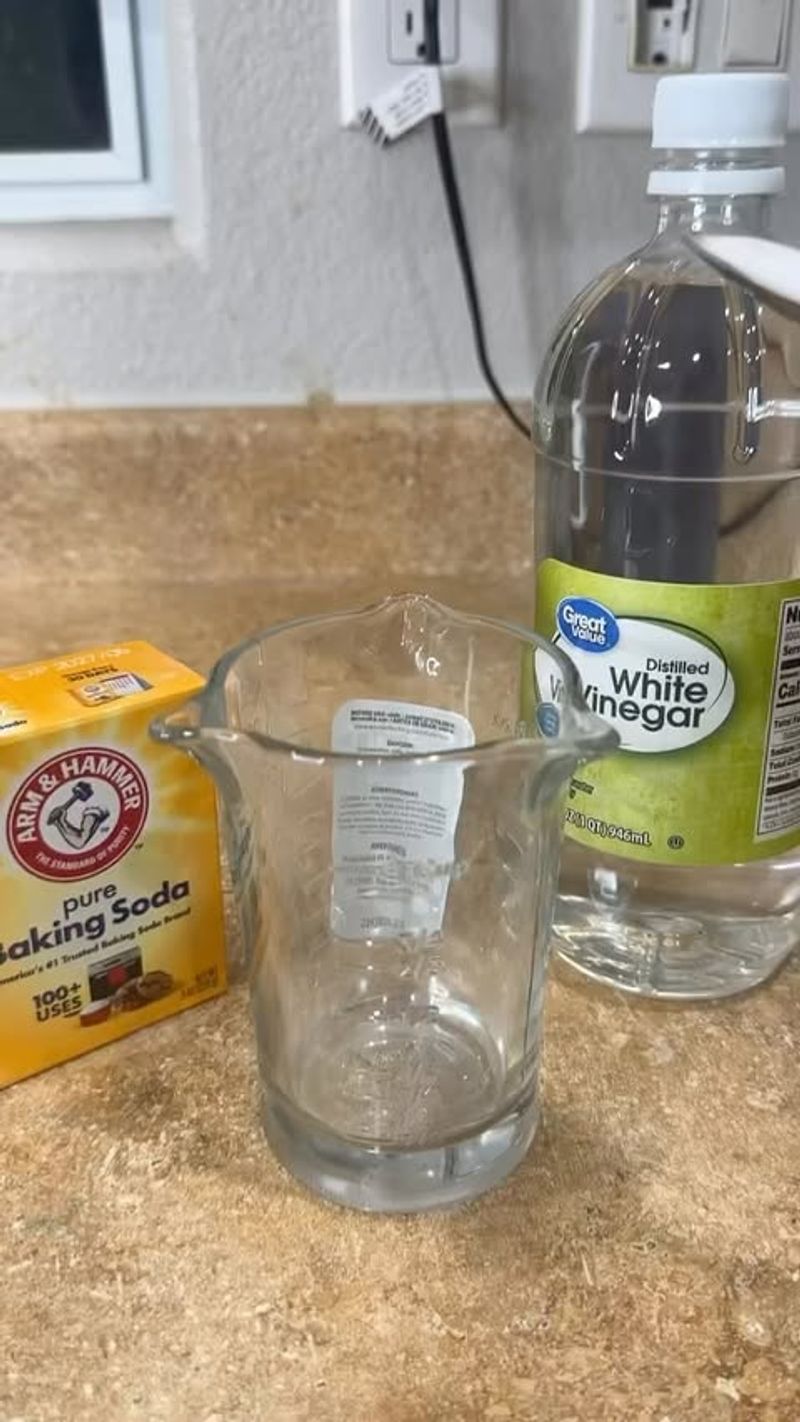
Mixing vinegar with baking soda creates an effervescent reaction that leavens dough. The acid-base interaction releases carbon dioxide, lifting your batter.
Apple cider vinegar works well, imparting a subtle tang. Ideal for quick breads and muffins, this combination offers an immediate rise, perfect for last-minute baking. Embrace this chemical reaction to transform simple ingredients into delightful baked treats.
13. Self-Rising Flour
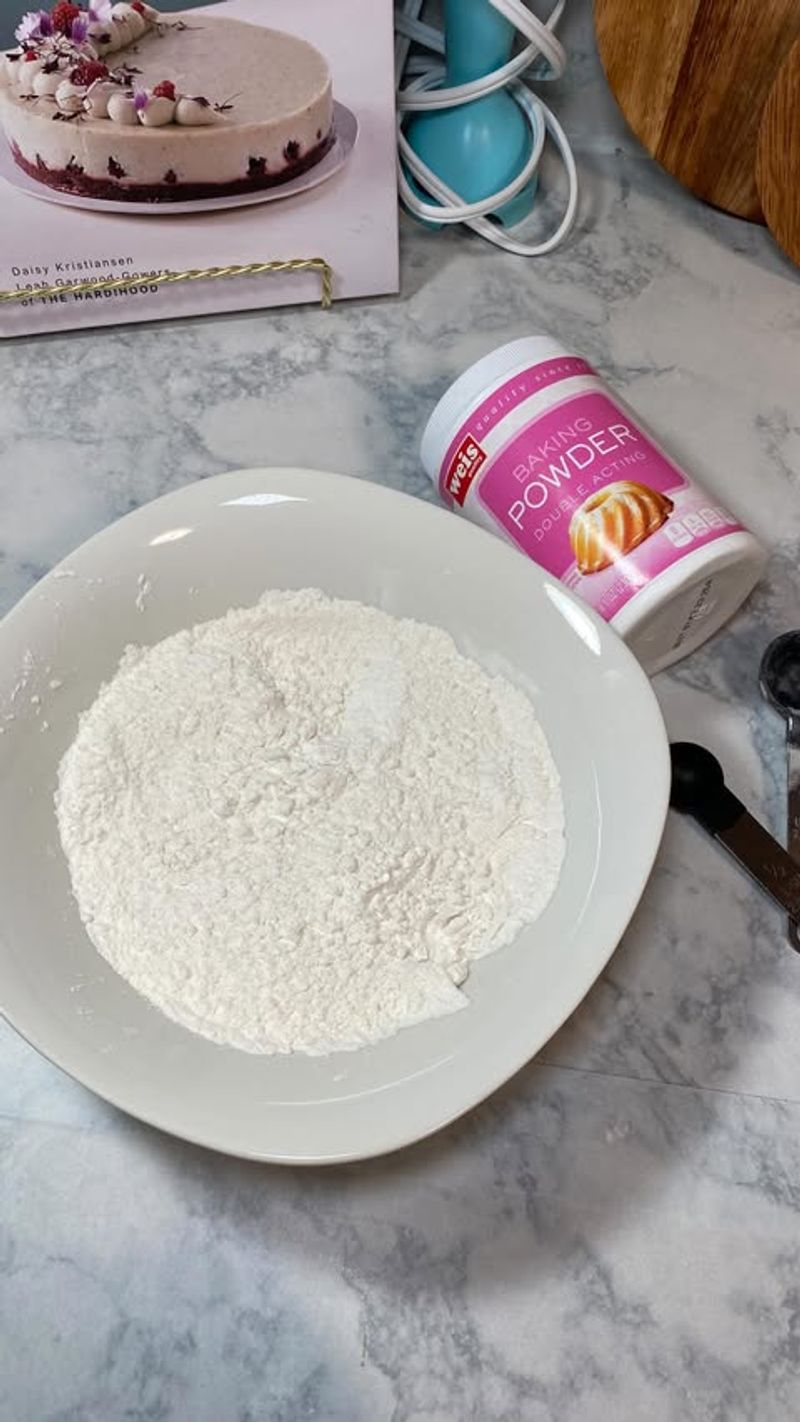
Self-rising flour, a convenient pantry staple, incorporates leavening agents directly into the mix. This flour contains baking powder and salt, eliminating the need for separate yeast or leavening agents.
It’s ideal for biscuits and pancakes where a quick rise is desired. With self-rising flour, creating fluffy delights is a breeze, turning everyday baking into an effortless task with consistently light results.
14. Carbonated Water
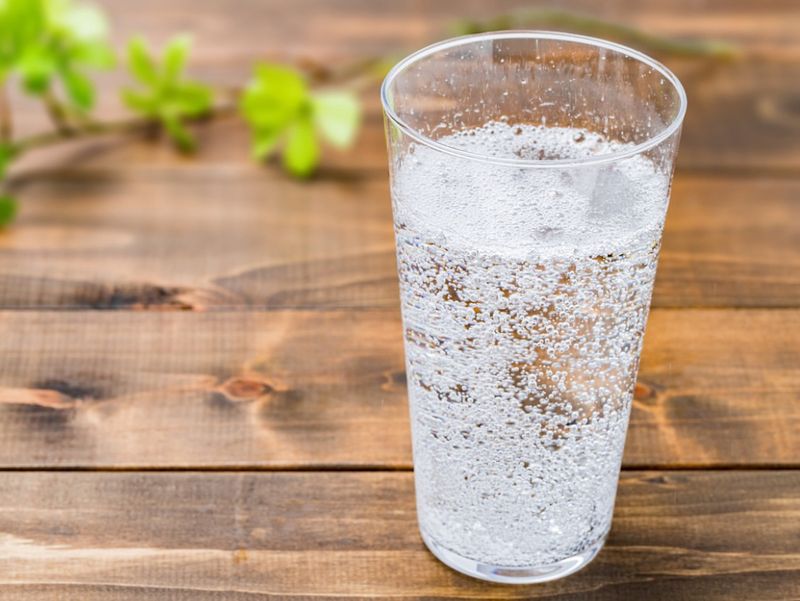
Carbonated water offers a light, airy alternative to yeast in various recipes. The bubbles help to aerate batters, providing lift and fluffiness. Used in pancake and waffle mixes, it adds a slight crispness without altering flavor.
For best results, use it immediately after opening to capture maximum carbonation. This method is perfect for those seeking a quick, yeast-free baking solution with reliable results.
15. Yeast Nutrient
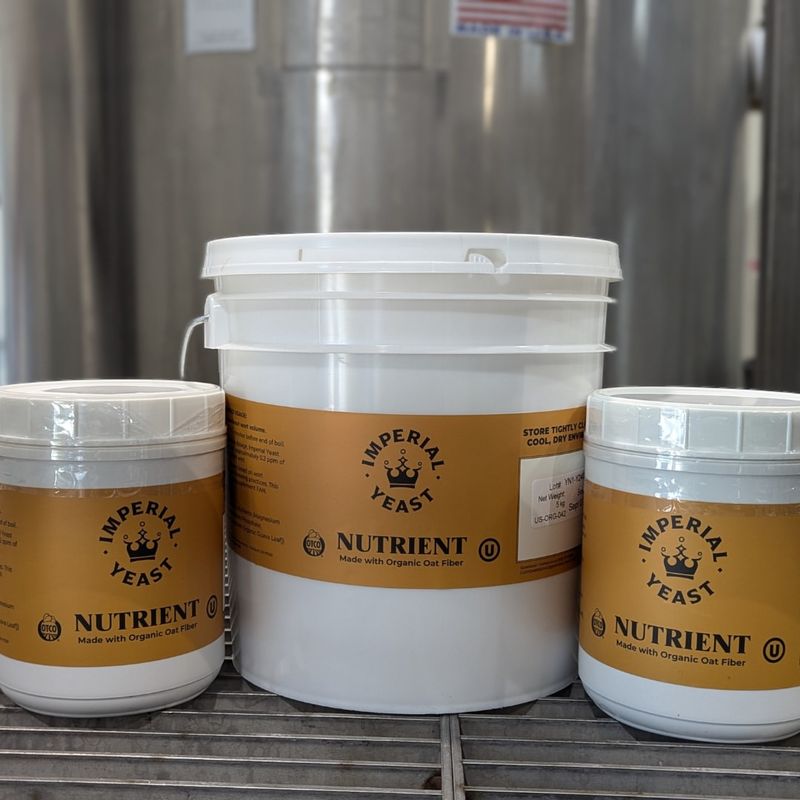
Yeast nutrient, commonly used in brewing, can still lend a hand in baking when yeast is running low. By enriching the dough with nutrients, it can help reactivate any existing yeast, promoting better fermentation.
This is particularly beneficial for sourdough bakers, offering an extra boost for a rich and robust rise.
16. Milk And Vinegar Duo
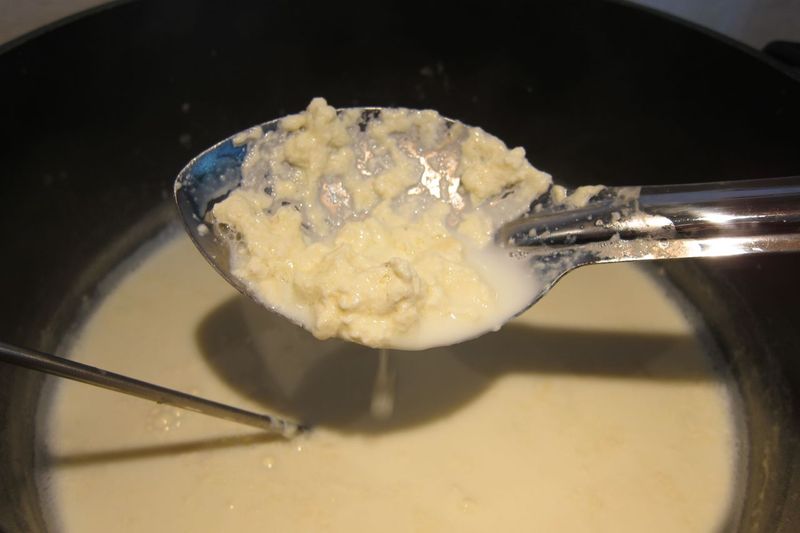
A tangy flavor and fluffy texture are achieved when milk is combined with vinegar, creating a buttermilk-like acidity that reacts with baking soda. Perfect for pancakes and cakes, this duo activates the baking soda, leading to a light rise as the vinegar sours the milk.
A quick fix and a taste of nostalgia, this simple method is a go-to for many.
17. Potato Water

A surprising yeast alternative, potato water—the liquid leftover from boiling potatoes—can encourage dough to rise when combined with flour. Rich in starch, it adds moisture and a subtle earthiness, making it perfect for rustic breads.
Requiring a bit of foresight, this method rewards with a hearty crumb and rich flavor. Explore this old-fashioned technique by using it as a base for bread or rolls.
18. Cream Of Tartar And Baking Soda
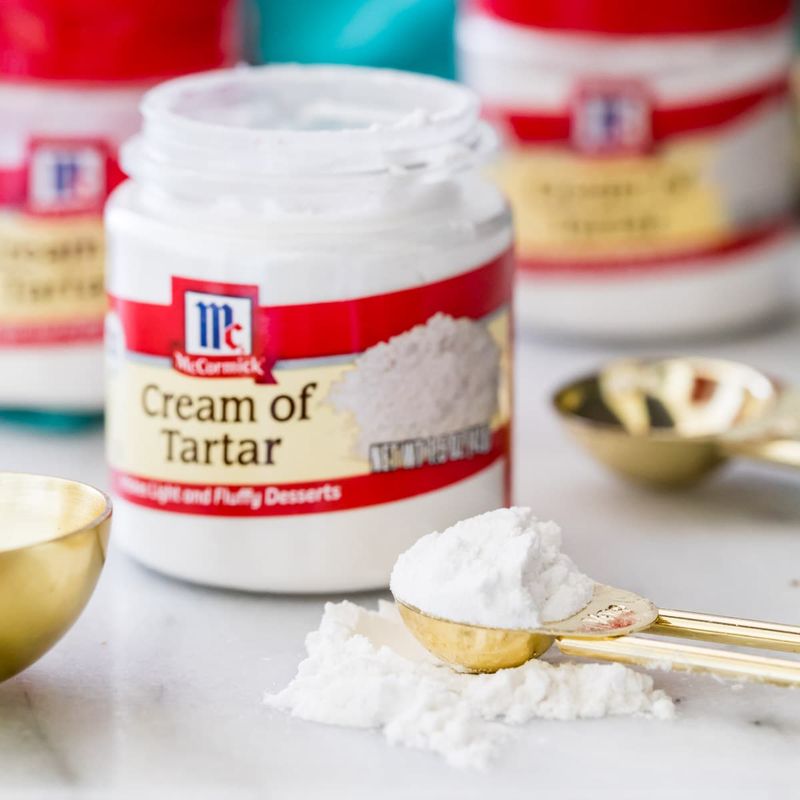
The dynamic duo of cream of tartar and baking soda forms a homemade baking powder. This combination acts as a leavening agent, providing the lift needed in many baked goods. Ideal for creating fluffy pancakes or soft cookies, it offers a consistent rise.
This substitute not only simplifies your baking process but also ensures you have control over ingredients, turning everyday baking into a science of flavor.
19. Yogurt And Baking Soda
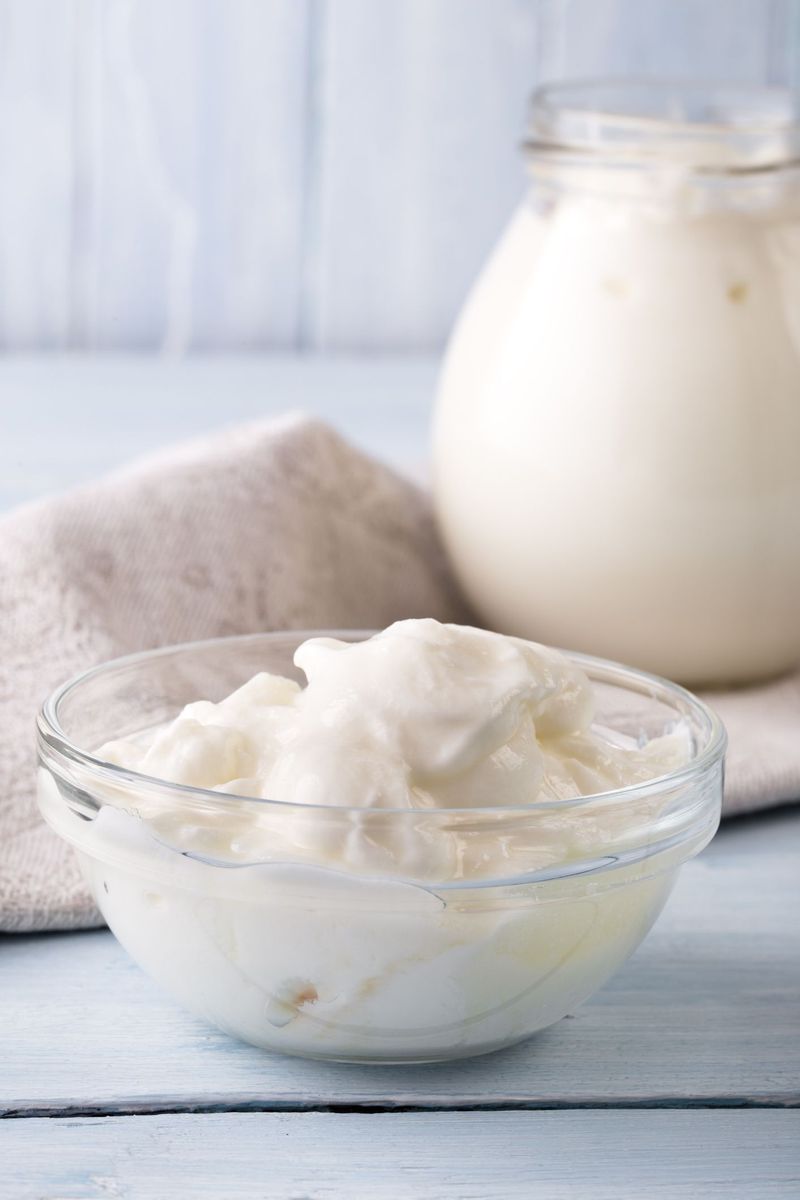
Yogurt, with its creamy texture and acidity, makes an excellent partner to baking soda. This combination boosts the leavening process, producing a soft, tender crumb in cakes and muffins.
The moisture from the yogurt keeps the baked goods fresh, while its tang enhances both sweet and savory flavors. This technique creates a perfect balance of texture and taste, offering endless opportunities for creativity in your baking.
20. Flatbread Without Yeast
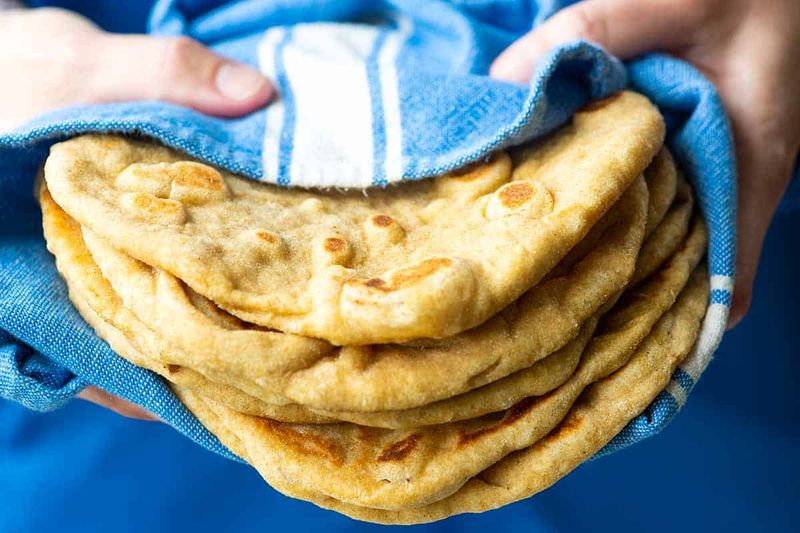
Flatbreads can thrive without yeast, using flour, water, and salt as a base. Rolled thin and cooked on a griddle, they develop beautiful charred spots and a chewy texture. These versatile rounds can be flavored with herbs and spices, making them a perfect canvas for creativity.
Quick to prepare and deeply satisfying, they challenge the notion that yeast is a necessity, offering simplicity and flavor in each bite.

